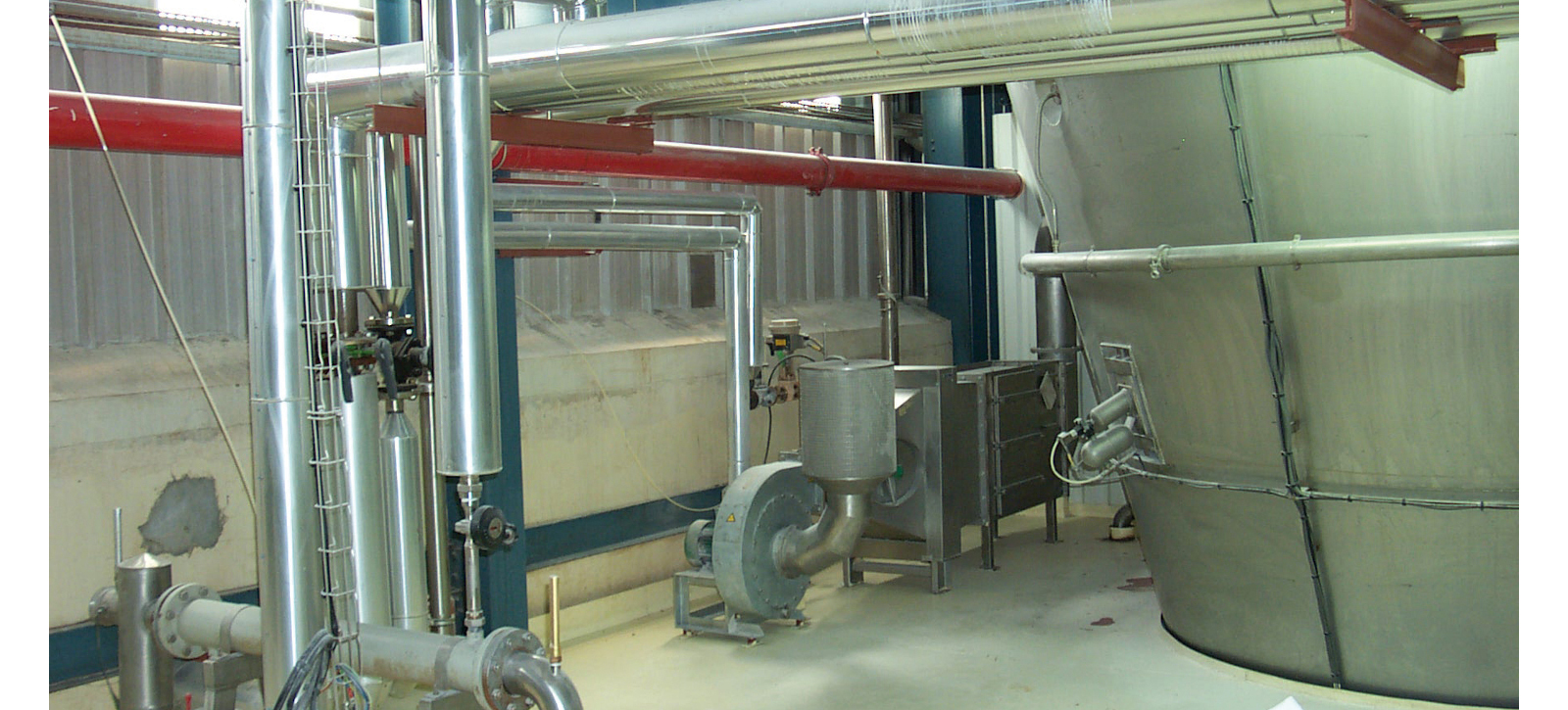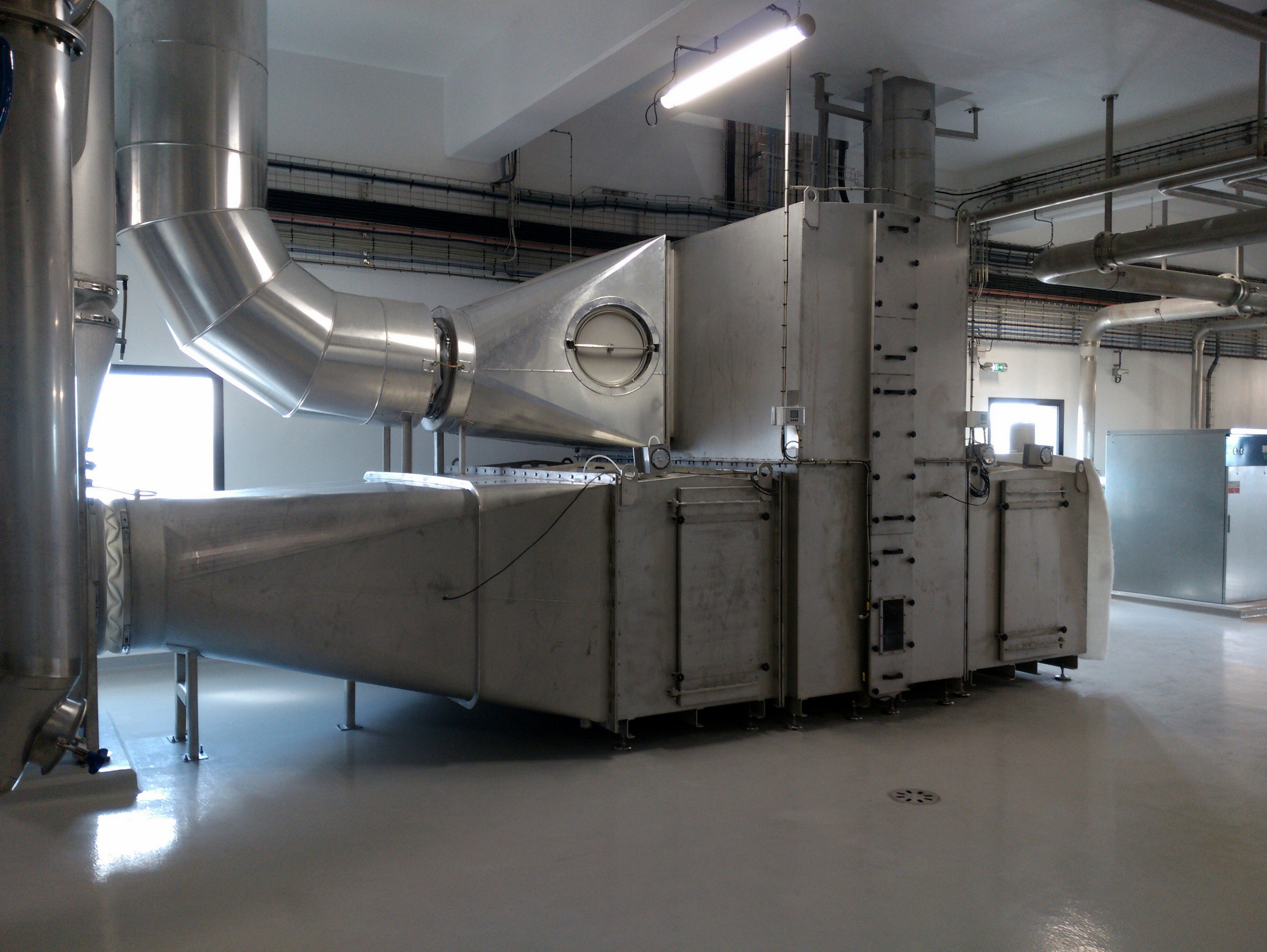Milk powder technology: evaporation and spray drying
One of the most common processes in the modern dairy industry is the production of powdered milk, using whole milk, skimmed milk, buttermilk or whey. Sometimes this is aimed at the infant formula market, but powdered milk is also used by adults and is widely appreciated for the advantages that it can offer in terms of greater longevity, easier storage and cheaper transportation.
The process of milk powder evaporation is only the first stage in the journey from liquid to powdered milk. Most of the water in the milk (up to 85%) is boiled off at low pressure and low temperature before we even start the spray drying stage. Once the milk powder technology evaporation method has been applied, the resultant milk concentrate is atomized from the evaporator into the drying chamber or tower. The spray is projected into a flow of hot air, further reducing the water content of the milk.
Spray drying and the part played by dehumidification technology
The process of spray drying has to face up to an ever-present challenge, changing weather conditions, more specifically, changing levels of atmospheric humidity. These variations can make it hard to deliver consistent results with a spray drying tower. The best way of responding to this issue is to use desiccant silica gel rotors in tandem with the milk powder technology employed to remove water from milk. These rotors or wheels help maintain a constant level of humidity, removing water from the air by means of a double air flow through a large wheel mostly composed of active silica gel, which is extremely effective at adsorbing moisture. The first air flow dries the air, the second, back through the wheel, helps dry the silica gel out again. This dryer, colder air is heated up and blown through the drying tower to complete the process begun by the milk powder evaporation phase.
Implementation of milk powder technology evaporation
 Discover our article on Milk powder production
Discover our article on Milk powder production
- Avoid the risk of clogging or caking in spray drying tower
- Increase the flow rate of product injected into the tower to increase production
- The installation of the DIA system has enabled NUTRIBIO to increase its production volume by 35 to 45% per turn. Return on investment is less than 1 year !



